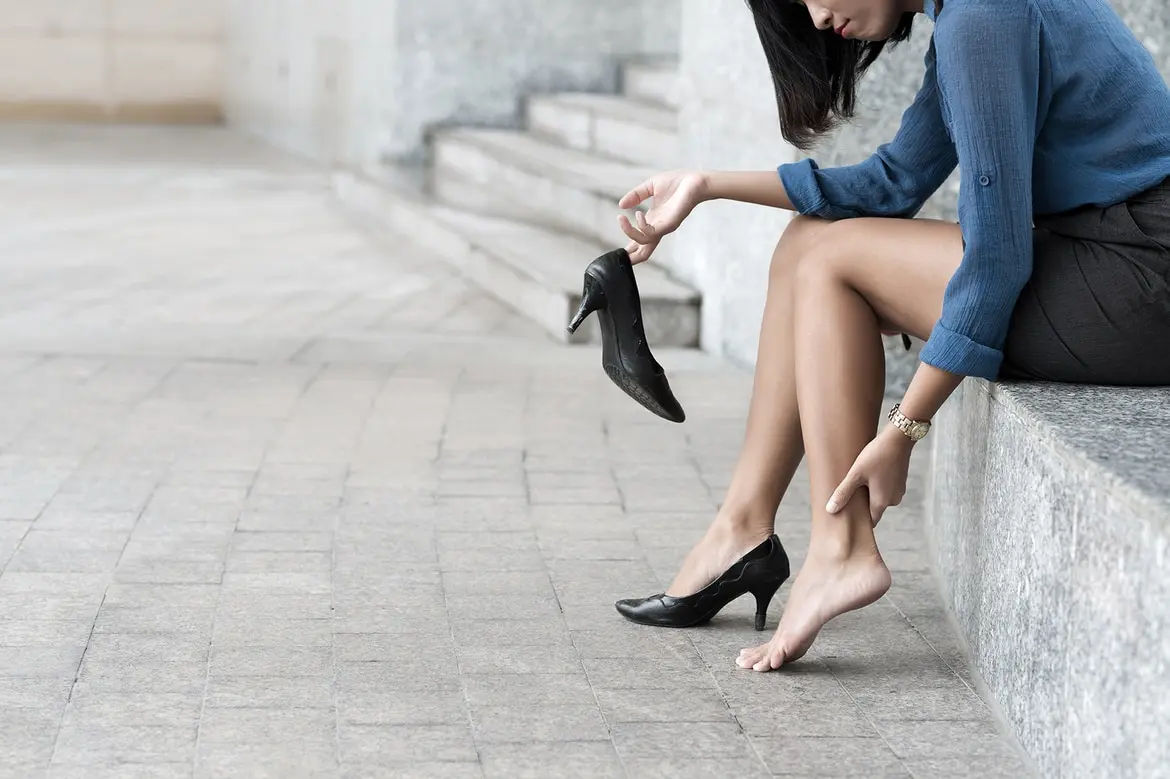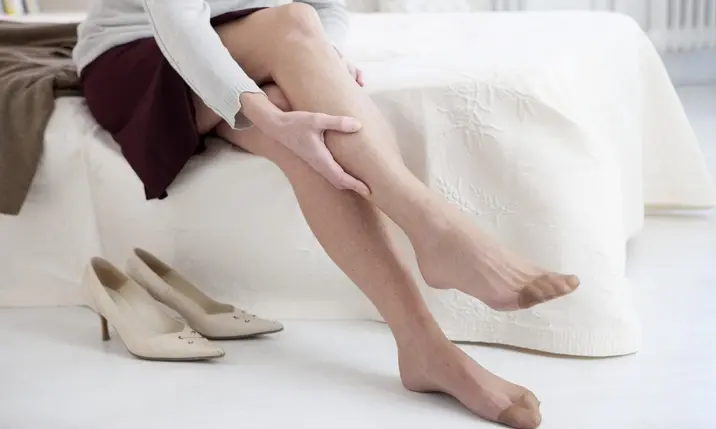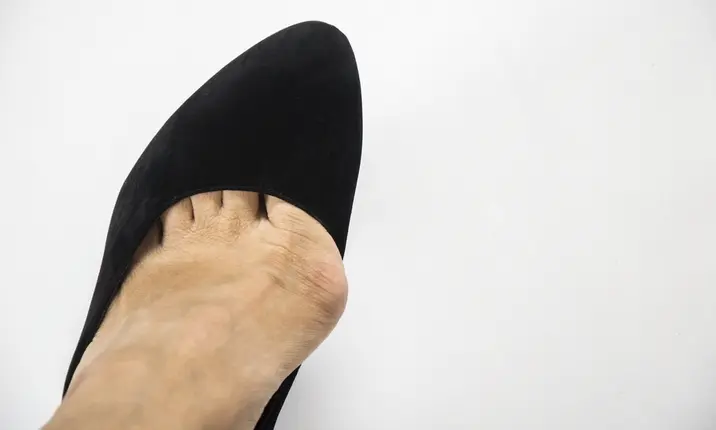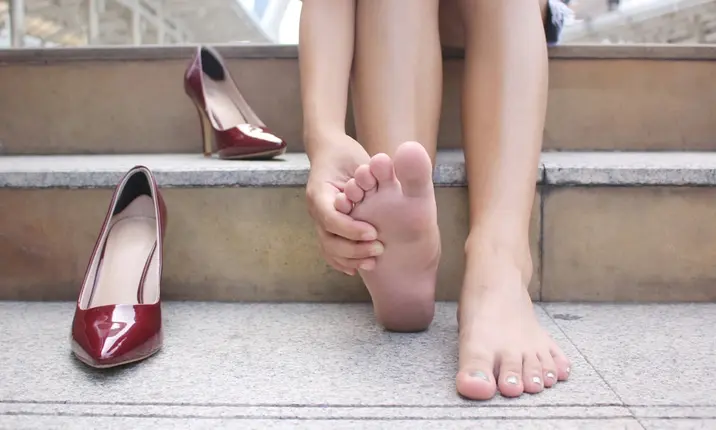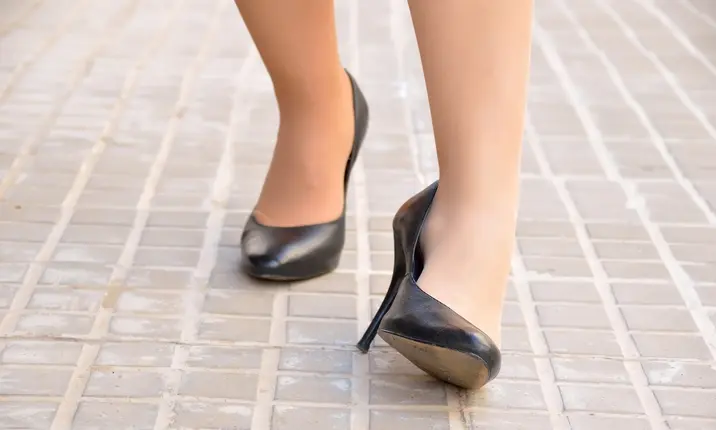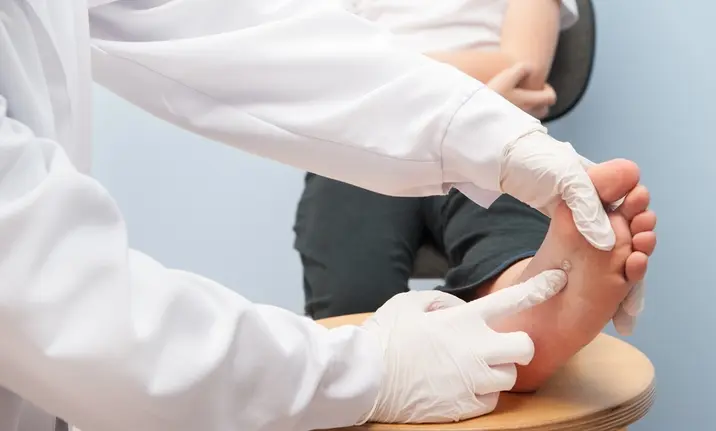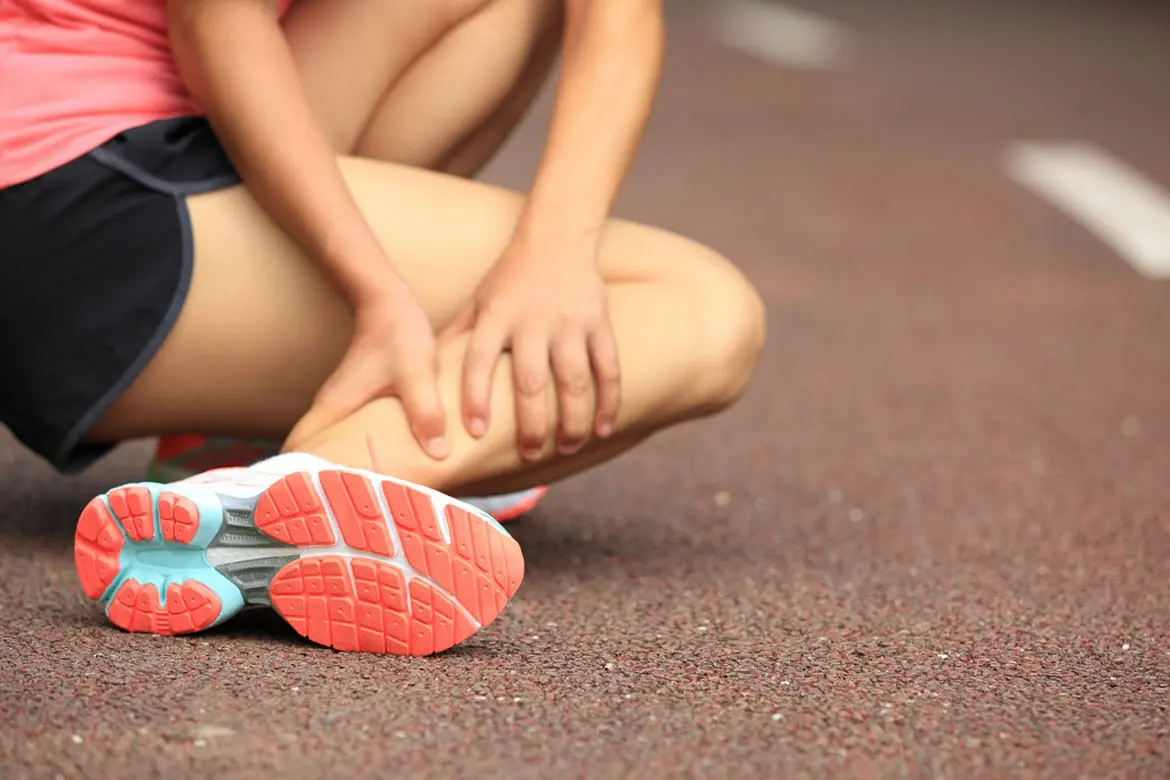Christian Louboutin once said: "The higher the heels, the better!" Well, not quite. Foot pain among women is a common phenomenon today and the problem can be attributed to the prolonged use of ill-fitting shoes that force the feet into unnatural shapes. Frequent and extended use of high heels are a major cause of foot problems in women.
If you think you may have a foot injury that needs medical attention, don’t be afraid to visit an orthopaedic specialist.
Here are 4 common foot and ankle pains from wearing heels:
1. Muscle aches after wearing high heels
Think of our feet as the ultimate shock absorbers for our body, cushioning us from endless days of activities. Now think about squeezing these precious absorbers into an awkward pair of high stilettos for a big part of the day. High heels force the feet in an abnormally flexed (downward) position, straining the calf muscles and limiting ankle movements during activity.
In order to compensate for the awkward position, the foot muscles tend to 'overwork'. Ladies may complain of feet and calve aches after a long day of wearing high heels. With the feet constantly pointing downwards in a flexed position, you tend to lean backwards to compensate for balance. This overarching of the back creates a lot of strain on the lower back, hip and knees.
2. Toe problems after wearing high heels
Most high heels have a narrow front. Ladies may find that they have to squeeze their feet into high heel shoes especially if they are flatfooted or have a broad forefoot. This constricts the toes into a narrow space. A common foot ailment amongst ladies would be painful callouses (hard skin) over the sole of the foot and toes, and bunion deformity. Occasionally, some ladies may even develop claw toes, with the toes digging down into the soles of your shoes and creating painful calluses.
3. Heel pains after wearing high heels
When a lady is walking around on high heels there is lot of point pressure on the heel, giving rise to plantar fascia inflammation. The plantar fascia is a structure on the sole of our feet that's helps to maintain our arch and help with toe push-off. Some women may experience heel pain. With repeated walking and pushing off on heels, there may also be chronic stress injury to the toes. These are stress fractures and patients may experience foot swelling and pain.
4. Ankle pains after wearing high heels
With the heel and ankle high off the ground, walking on uneven surfaces may be a challenge to some women on high heels. They may easily sprain their ankle. This is particularly so for women who may have lax ligaments or pregnant ladies. There is also a lot of force passing through the ankles and repeated loading on the ankle may lead to cartilage overload and injuries to the ankle cartilage.
Foot and ankle pain
Wearing of high heels occasionally for meetings or dinner outings is fine if balanced with an appropriate use of other comfortable footwear. There is generally no rule on the advisable high heel height as it depends very much on the individual’s height, build and foot shape.
Here are some tips you can use to help treat your foot and ankle pains caused by wearing heels:
- Alternating shoe choice: If you are a regular high heel wearer, try to wear heels on alternate days to give your feet time to rest.
- Choose low, stable shoes: Choose a pair of low-heeled shoes that is stable and comfortable.
- Choose shoes that fit well: When wearing high heels that fit poorly, your feet would tend to slide to the front, leaving a gap behind your heel. Look for narrow heels with a snug fit to correct this problem.
- Add a shoe insert to cushion your feet: Get additional full-shoe pads that can be inserted into your shoes for extra cushioning. This is especially important if you have pain in the ball of your feet or will be standing in your heels for long periods.
- Pick heels that are thicker: Heels that are thick are more stable and help to relieve pressure by redistributing the weight on your foot more evenly. You can also alternate heel heights, wearing higher heels on some days, and lower heels on other days.
- Choose heels that have a more gradual “slope”: Heels which give a more gradual drop down to the flat portion of the shoe instead of a deep dive may be easier on your feet arch. They may also help to relieve some pain in the ball of your foot.
- Go for open-toe heels: This is especially important if you have corns and calluses as open-toed shoes are better at taking pressure off the inflamed areas.
- Stretching: Some stretching of the calf muscles and the plantar fascia can help in relieving aches and pains.
It is advisable to get an assessment with a foot and ankle specialist if you have painful hard skin in the foot, or if you think that you have flat feet or high arched feet. Getting the appropriate shoes or insoles after an assessment can go a long way in taking care of the bones and tendons of your foot, and in keeping you comfortable.
Always speak to an orthopaedic specialist if you’ve concerns about your foot health!
